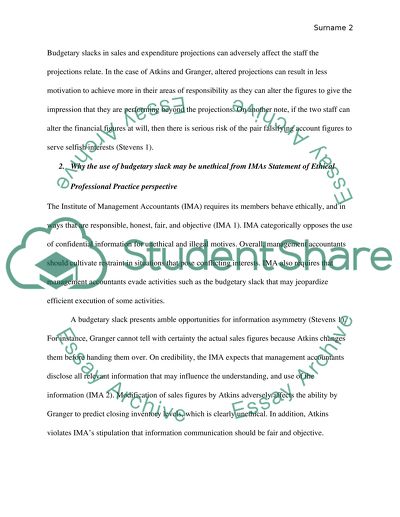Cite this document
(“Ethics Challenge and Communicating in Practice Essay”, n.d.)
Retrieved from https://studentshare.org/finance-accounting/1437915-lesson
Retrieved from https://studentshare.org/finance-accounting/1437915-lesson
(Ethics Challenge and Communicating in Practice Essay)
https://studentshare.org/finance-accounting/1437915-lesson.
https://studentshare.org/finance-accounting/1437915-lesson.
“Ethics Challenge and Communicating in Practice Essay”, n.d. https://studentshare.org/finance-accounting/1437915-lesson.


